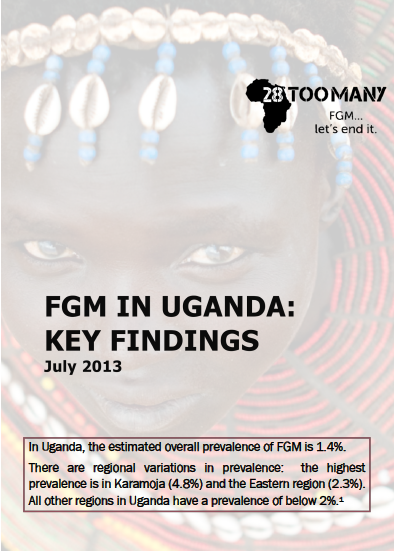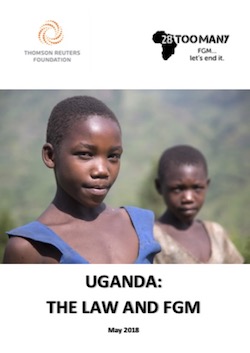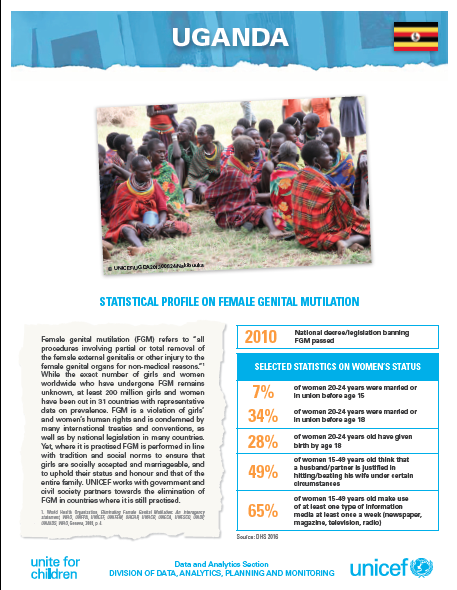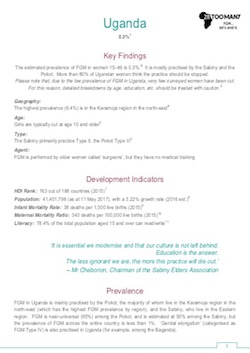Home | Research & Resources | Uganda
Key Findings
The estimated prevalence of FGM/C among women aged 15-49 in Uganda is 0.3%.
More than 80% of Ugandan women think the practice should be stopped.
Geography
The highest prevalence (6.4%) is in the Karamoja region in the north-east
Age
Girls are typically cut at age 10 and older
Type
The Sabiny primarily practice Type II; the Pokot Type III
Agent
FGM/C is performed by older women called ‘surgeons’, but they have no medical training
Distribution of FGM/C across Uganda
FGM/C in Uganda is mainly practised by the Pokot, the majority of whom live in the Karamoja region in the north-east (which has the highest FGM/C prevalence by region), and the Sabiny, who live in the Eastern region. FGM/C is near-universal (95%) among the Pokot, and is estimated at 50% among the Sabiny, but the prevalence of FGM/C across the entire country is less than 1%. ‘Genital elongation’ (categorised as FGM/C Type IV) is also practised in Uganda (for example, among the Baganda).
Survey data suggests no difference in FGM/C prevalence between women aged 15-49 who live in urban areas and those who live in rural areas. However, support for discontinuation of the practice is higher among women who live in urban areas (90%) than those who live in rural areas (80.3%).
Better-educated women are less likely to support the continuation of FGM/C (6%) than those with little education (11.1%), and women in the highest wealth quintile are less likely to support its continuation (5.4%) than those in the lowest wealth quintile (13.1%).
Between 2006 and 2011, the prevalence of FGM/C appeared to increase from 0.6% to 1.4%. However, this increase is not statistically significant and may simply reflect the limitations of the survey data, which comprised only small numbers of women who had experienced FGM/C. The data suggests that the prevalence remained fairly constant at around 1%, and the latest DHS data, from 2016, reports it as 0.3%.. In contrast to many other countries, younger women are more supportive of the continuation of FGM/C (12.8% of young women aged 15-19 support its continuation compared to 4.3% of women aged 45-49).
Please note that, due to the low prevalence of FGM in Uganda, very few surveyed women have been cut. For this reason, detailed breakdowns by age, education, etc. should be treated with caution.
FGM/C Legislation in Uganda
In December 2010, the Ugandan Government passed legislation that specifically prohibits the practice of FGM/C (The Prohibition of Female Genital Mutilation Act 2010). Implementation of the law and its enforcement remain a challenge, however. The practice continues in very remote rural areas, often in secret, and reports suggest that, although there have been arrests, few actual prosecutions take place in Uganda.
Development Indicators
Population Growth
41,401,798 (as at 11 May 2017), with a 3.22% growth rate (2016 est.)
Infant Mortality
38 deaths per 1,000 live births (2015)
Maternal Mortality
43 deaths per 100,000 live births (2015)
SDG Gender Index
Ranked 129 out of 144 countries with a score of 49.0% (2022)
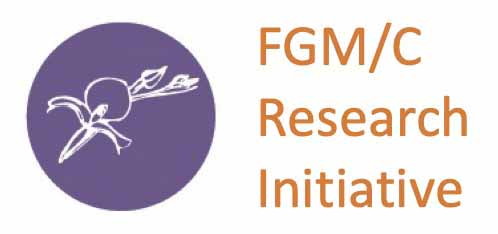

.jpg)
_cover.jpg)
_cover.jpg)
